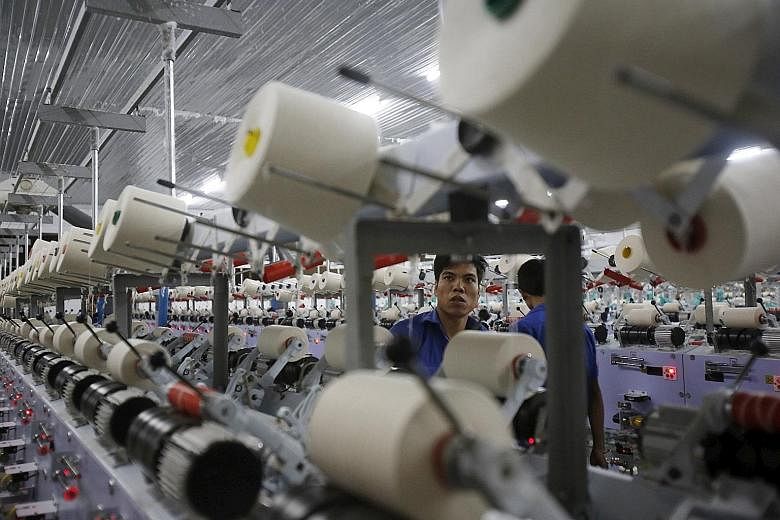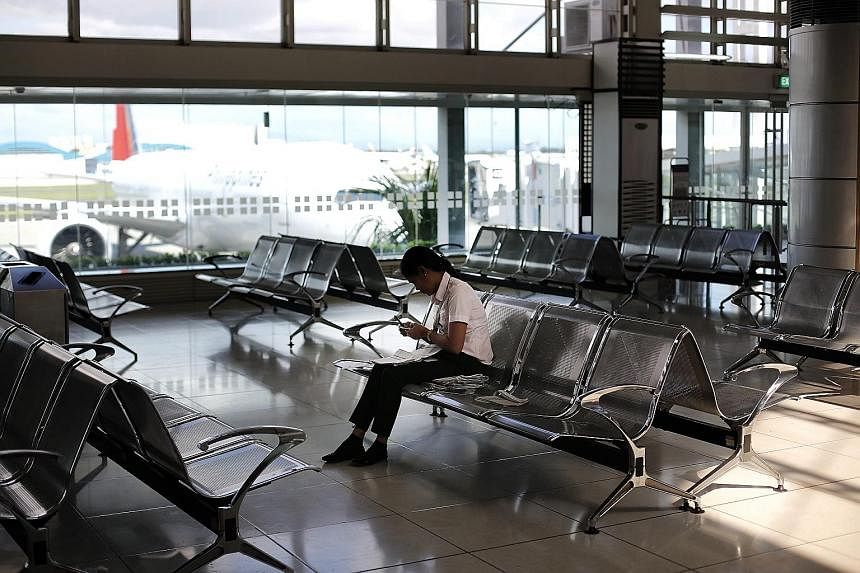With a youthful population where less than 15 per cent are aged 55 and above, most Asean countries are about to reap demographic dividends of a workforce that is dynamic and expanding, while the number of dependent youth and elderly persons is small.
This translates into the coming- of-age of millions of people with greater spending power than ever.
Some may wonder why the region had not seen more spectacular growth over the decades. The reason is the significant diversity between member states, a report by the Economist Intelligence Unit last year noted.
The per capita gross domestic product of the richest member is 76 times larger than the poorest's, while the population of the largest country is 600 times bigger than its smallest's. Political, economic and legal structures also vary widely between member states, leading to uncertainties and inconsistencies that hamper businesses wanting to expand within the region.
Protectionist sentiment in some member countries, where powerful local industries are reluctant to open up to competition, is also a problem, said the report.
All this points to an Asean Economic Community (AEC) that still has its work cut out for it: while tariffs on goods traded within Asean are already virtually zero, non-tariff barriers, such as local ownership rules, inefficient Customs procedures and differing product standards, remain a challenge.
And, while on paper eight groups of professions will enjoy easier access to regional talent through mutual recognition agreements, local barriers and regulation mean that there will be no overnight changes.
Thailand, for example, recognises the qualifications of foreign doctors, but they will still need to obtain a licence by taking examinations in Thai. Out of 50,000 fully licensed doctors, only 200 are foreign nationals. The last who qualified did so in 2010.
Equity limitations and other local laws also mean that a Singaporean food and beverage operator trying to enter the Philippine market must find a local joint venture partner and employ a Filipino in-house accountant, noted Association of Small and Medium Enterprises president Kurt Wee.
Asean Business Advisory Council chairman Munir Majid acknowledged that free movement of labour will remain a work-in- progress. He told the Asean Studies Centre's October edition of its Asean Focus newsletter: "There must be greater domestic enabling measures and better understanding that the skill pool is global."
Minister for Trade and Industry (Trade) Lim Hng Kiang also identified three areas of concern earlier this year.
One, there are still too many non-tariff barriers, such as Customs processes, documentation requirements and a complex regulatory environment within Asean, all of which detract from a transparent and predictable business environment.
Two, there remain significant barriers to services trade within Asean, although these are more complex and require coordinating with many parties, which takes time.
However, he said: "In today's competitive environment, Asean must enable foreign services providers to compete on the same footing as local companies. In this way, we will be able to strengthen investor confidence and attract more high-value investments into our region."
Three, the ratification of the Asean Open Skies agreements for airlines in the region is still outstanding, an issue some are following closely as a gauge of commitment to AEC goals.
Lim Yan Liang



